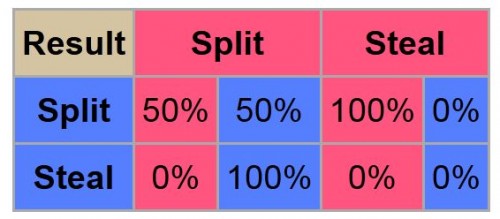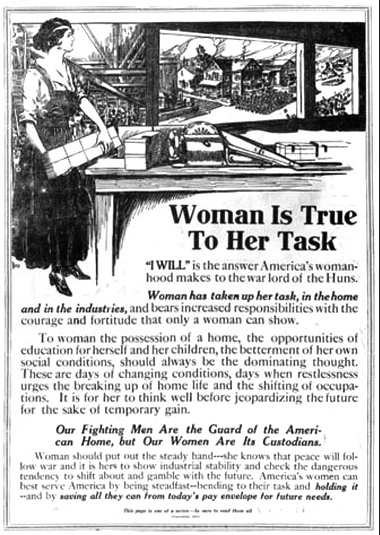 CGP Gray is in rare form in this 4 1/2 minute argument in favor of phasing out the penny. He argues, entertainingly, that:
CGP Gray is in rare form in this 4 1/2 minute argument in favor of phasing out the penny. He argues, entertainingly, that:
…they cost more to make than they’re worth, they waste peoples’ time, they don’t work as money, and because of inflation they’re less valuable every year making all the other problems worse.
See what you think:
Also from CGP Gray:
- What the Bleep is the United Kingdom?!
- The Economics of Royalty
- The Social Construction of the Continents
- A History and Account of Daylight Savings
Lisa Wade, PhD is an Associate Professor at Tulane University. She is the author of American Hookup, a book about college sexual culture; a textbook about gender; and a forthcoming introductory text: Terrible Magnificent Sociology. You can follow her on Twitter and Instagram.






